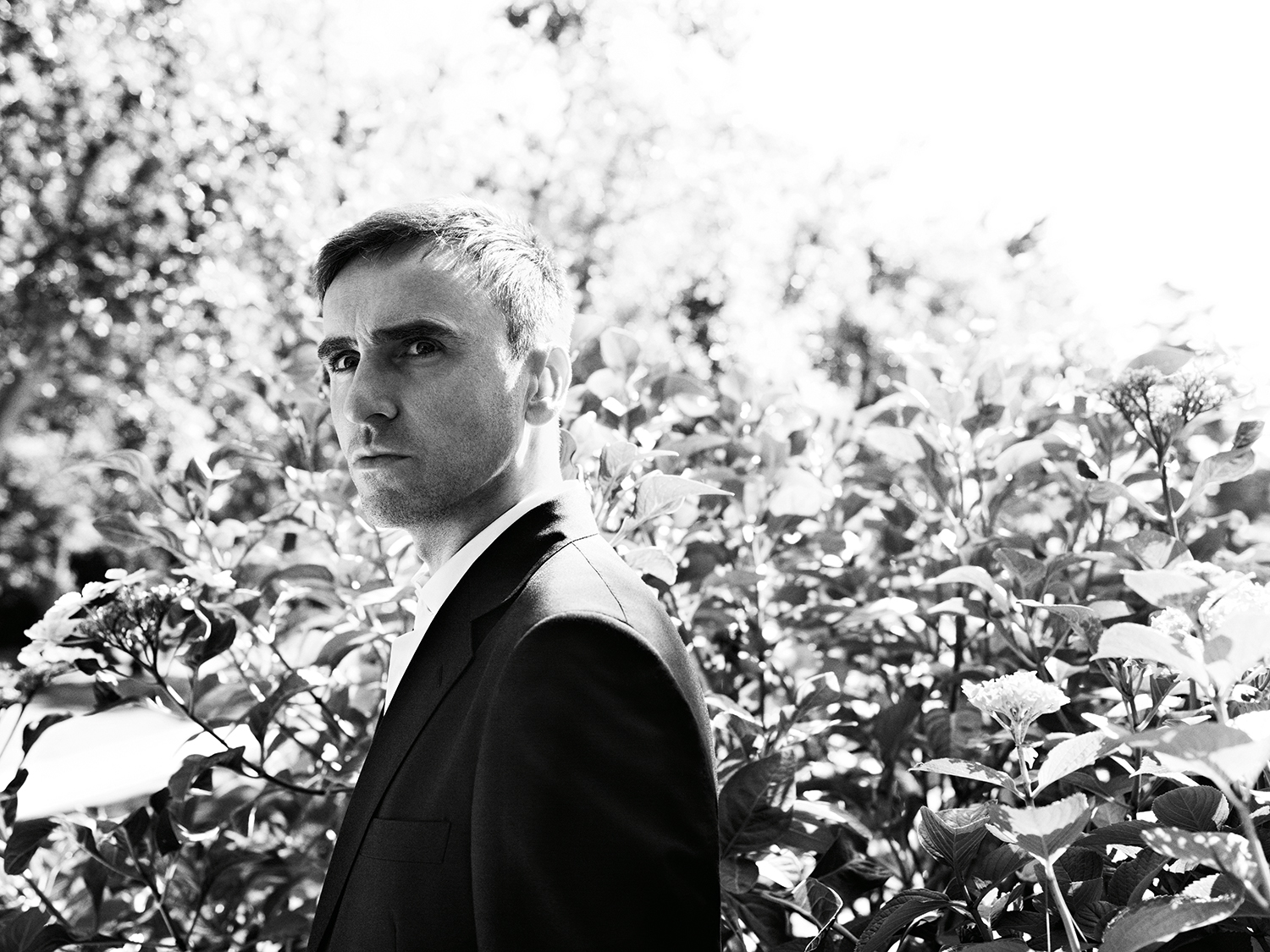Purple Magazine
— F/W 2013 issue 20
Raf Simons
from ’95 to Dior
interview by OLIVIER ZAHM
portrait by WILLY VANDERPERRE
photography by OLA RINDAL
style by MARINE BRAUNSCHVIG
Raf Simons is one of a generation of Belgian designers who have changed the face of fashion. Starting as an industrial designer, simply seeing fellow-Belgian Martin Margiela’s white show inspired him to enter fashion. Launching his own brand in 1995, Simons remains among those who define fashion. Drawing on the music and cinema of the ’90s, from Joy Division to Kraftwerk, he has moved through youth culture styles to minimalist styles, collaborations with Jil Sander, Fred Perry, Adidas, and Eastpak. In 2012 he entered the inner circle of Paris haute couture, becoming creative director at Dior, to project its essence into the future. All the while he’s maintained the remarkable Raf Simons menswear brand he first created in Antwerp and continues to live and work there today.
OLIVIER ZAHM…
